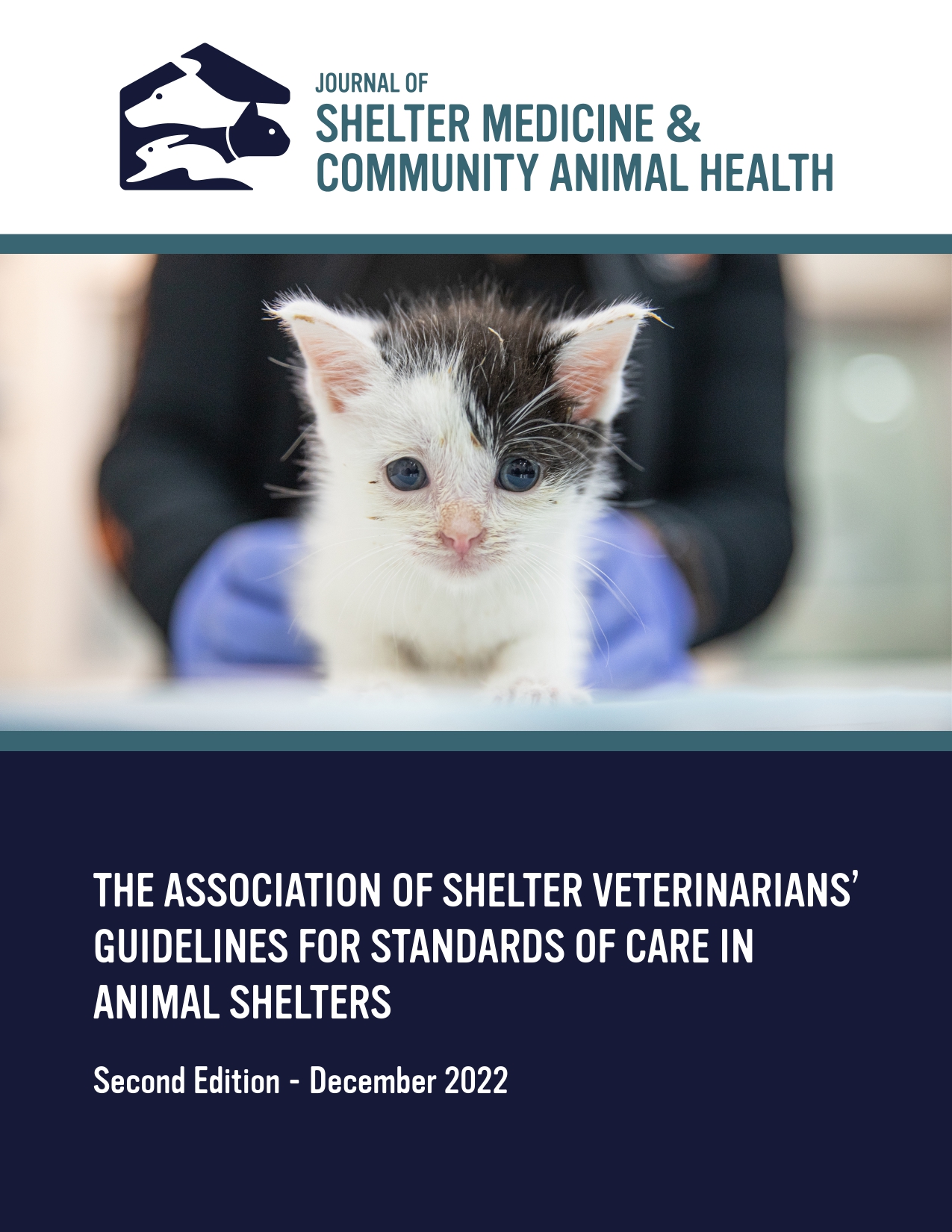Comparison of Ear Tipping Techniques to Identify Sterilized Community Cats: A Randomized Controlled Trial
DOI:
https://doi.org/10.56771/jsmcah.v3.77Keywords:
community cats, trap-neuter-return, TNR, ear tipping, randomized controlled trial, stray cats, feral cats, feline medicineAbstract
Introduction: Many methods are used for ear tipping, but the majority of practitioners have experience with only one. This study sought the most effective method of ear tipping, with the primary outcome being breakthrough bleeding, and secondary outcomes being immediate bleeding, duration, conformation to target length, cosmesis, client satisfaction, and tipper preference.
Methods: This randomized controlled trial, conducted between June 2022 and February 2023, enrolled cats at least 6 months old presented for Trap-Neuter-Return to one of seven techniques. Techniques were combinations of cutting tools, including Mayo scissors (MS), wood burning tool (WBT), and scalpel blade (SB), and hemostatic agents, including styptic gel (gel) and compounded hemostatic paste (CHP), and hemostat (H). Removal of 1 cm of the left ear pinna was timed, and breakthrough bleeding, the primary outcome measure, was blindly assessed. Client satisfaction was captured at discharge, 1 day, and 1 month, and cosmesis determined by three blinded independent raters.
Results: There were 252 cats from 80 unique colonies, with 36 per group, across 8 clinic days. The overall rate of breakthrough bleeding was 7% (95% confidence interval [CI]: 4–11%) and differed by technique (P < 0.0001). Neither WBT+H nor MS+H had any occurrences (95% CI: 0–10%), while SB+H/gel had the most (29%, 95% CI: 15–48%). The median time was 10 s (interquartile range [IQR] 7, 13). Tips were greater than target with WBT+H (33%, odds ratio [OR]: 3.8, P < 0.0001) as compared to SB+H. While SB+H had the highest mean cosmesis score (5.12/6, standard deviation [SD]: 0.87), WBT+H (4.4/6, SD 1.07) scored significantly lower (P = 0.002). Clients were satisfied with 88% (95% CI: 83–92%) of the ear tips at discharge (although response rate was insufficient for 24-hour and 1-month post), and there were no associations with technique. All 4 tippers preferred SB+H/CHP.
Conclusion: No technique was superior in all measures. While WBT+H and MS+H were superior by the primary outcome, SB+H/CHP was unanimously preferred by tippers.
Downloads
References
Dalrymple AM, MacDonald LJ, Kreisler RE. Ear-Tipping Practices for Identification of Cats Sterilized in Trap–Neuter–Return Programs in the USA. J Feline Med Surg. 2022;24(10):e302–e309. doi: 10.1177/1098612X221105843
Benka VAW. Ear Tips to Ear Tags: Marking and Identifying Cats Treated with Non-Surgical Fertility Control. J Feline Med Surg. 2015;17(9):808–815. doi: 10.1177/1098612X15594996
Association of Shelter Veterinarians’ Veterinary Task Force to Advance Spay-Neuter, Griffin B, Bushby PA, et al. The Association of Shelter Veterinarians’ 2016 Veterinary Medical Care Guidelines for Spay-Neuter Programs. JAVMA. 2016;249(2):165–188. doi: 10.2460/javma.249.2.165
Cuffe D, Eachus J, Jackson O, Neville P, Remfry J. Ear-Tipping for Identification of Neutered Feral Cats. Vet Rec. 1983;112(6):129–129. doi: 10.1136/vr.112.6.129
Levy JK, Wilford CL. 41: Management of Stray and Feral Community Cats. In: Miller L, Zawistowski S, eds. Shelter Medicine for Veterinarians and Staff. 2nd ed. John Wiley & Sons, Inc.; 2013:684.
Aeluro S, Buchanan JM, Boone JD, Rabinowitz PM. ‘State of the mewnion’: Practices of Feral Cat Care and Advocacy Organizations in the United States. Front Vet Sci. 2021;8:791134. doi: 10.3389/fvets.2021.791134
Griffin B, Bohling MW, Brestle K. Tattoo and ear- Tipping Techniques for Identification of Surgically Sterilized Dogs and Cats. In: White S, ed. High-Quality, High-Volume Spay and Neuter and Other Shelter Surgeries. 1st ed. Wiley; 2020:325–338. doi: 10.1002/9781119646006.ch16
Mielo MR, Amirian ES, Levy JK. Identification of Spayed and Neutered Cats and Dogs: Veterinary Training and Compliance with Practice Guidelines. Vet J. 2022;285:105856. doi: 10.1016/j.tvjl.2022.105856
Berkeley EP. TNR Past, Present, and Future: A History of the Trap-Neuter-Return Movement. 1st American ed. Alley Cat Allies; 2004.
Johnston SA, Tobias KM, eds. Veterinary Surgery: Small Animal. 2nd ed. Elsevier; 2018.
Schulz KF, Altman DG, Moher D; CONSORT Group. CONSORT 2010 Statement: Updated Guidelines for Reporting Parallel Group Randomised Trials. BMJ. 2010;340:c332. doi: 10.1136/bmj.c332
Ko JC, Berman AG. Anesthesia in Shelter Medicine. Topics Companion Anim Med. 2010;25(2):92–97. doi: 10.1053/j.tcam.2010.03.001
Kreisler RE, MacDonald LJ, Mensing RN, et al. Effects of Peripheral Active Warming and Passive Insulation on Core Body Temperature during Feline Ovariohysterectomy: A Multi-Arm Randomized Clinical Trial. J Feline Med Surg. 2023;25(3):1098612X2311575. doi: 10.1177/1098612X231157585
Bacon NJ, ed. Surgical Instruments–Types and Use. BSAVA Manual of Canine and Feline Surgical Principles. BSAVA Library; 2012:28–38.
Payne JR, Brodbelt DC, Luis Fuentes V. Blood Pressure Measurements in 780 Apparently Healthy Cats. J Vet Intern Med. 2017;31(1):15–21. doi: 10.1111/jvim.14625
Akkerdaas LC, Minch P, Sap P, Hellebrekers LJ. Anaesthesiology: Cardiopulmonary Effects of Three Different Anaesthesia Protocols in Cats. Vet Q. 2001;23(4):182–186. doi: 10.1080/01652176.2001.9695109
Additional Files
Published
How to Cite
Issue
Section
License
Copyright (c) 2024 Emma Vitello, Rachael Kreisler, Rebecca Erhart, Madelin Session, Amanda Xu

This work is licensed under a Creative Commons Attribution 4.0 International License.









